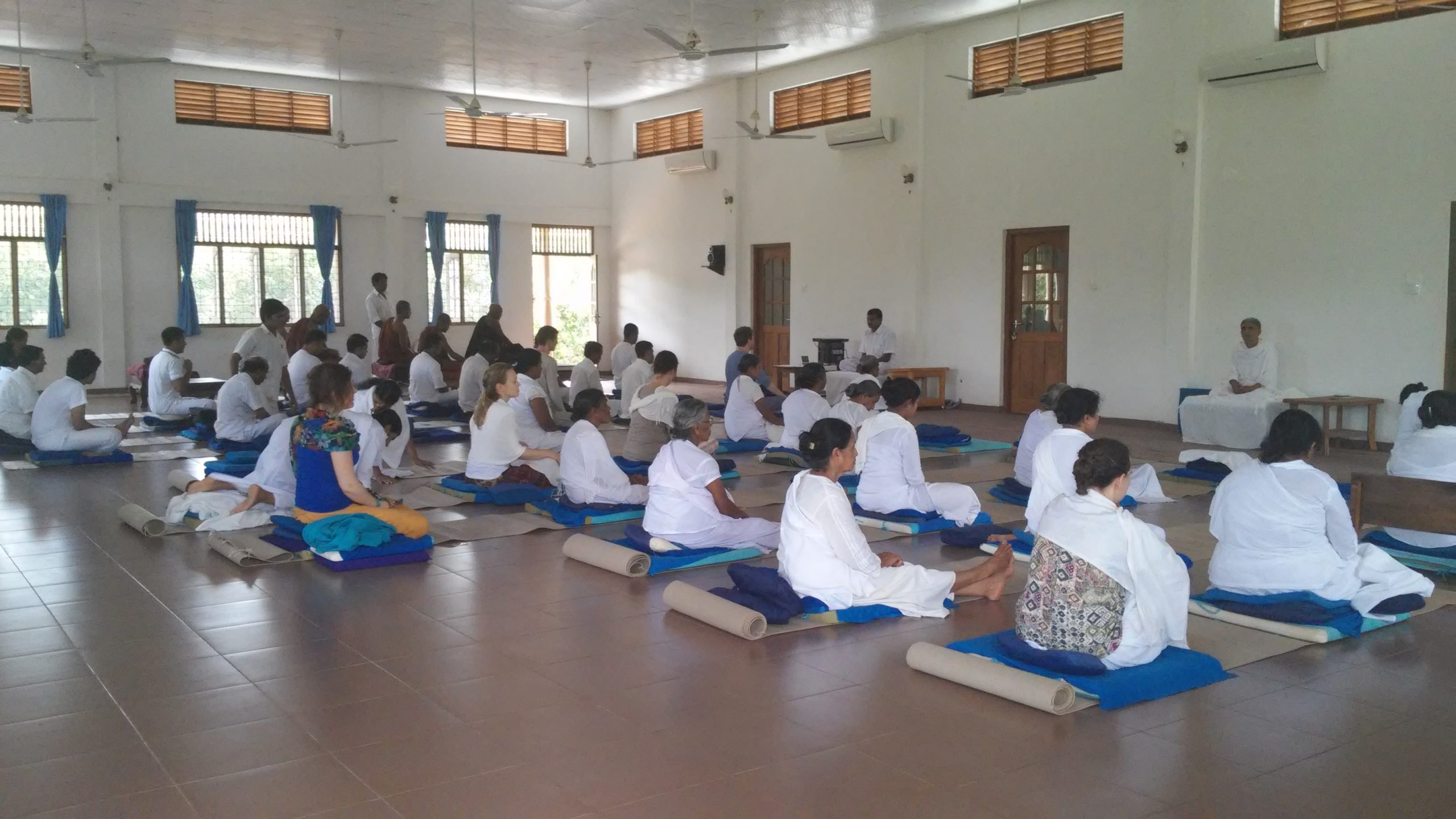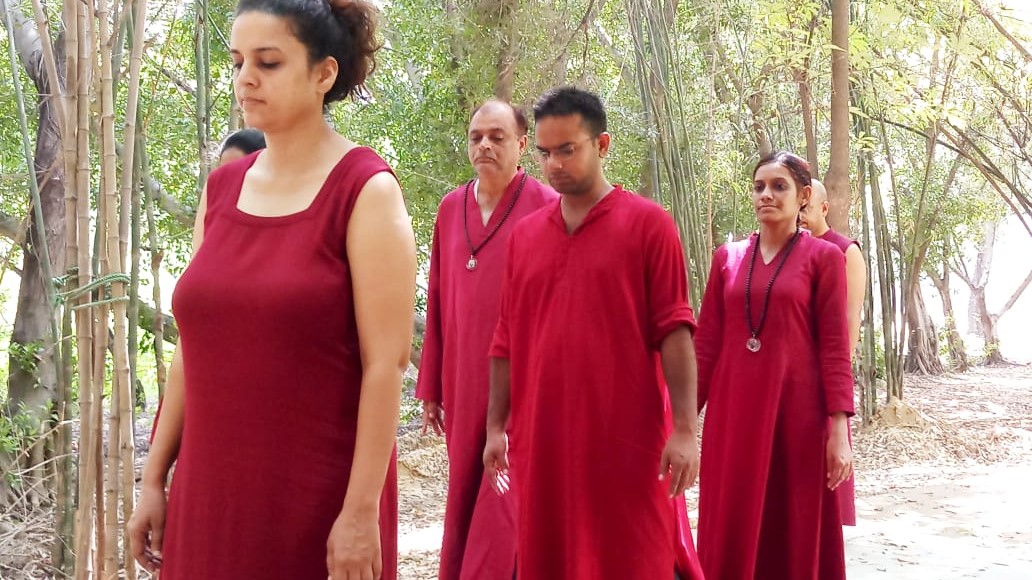Addiction represents one of the most serious problems in most countries across the globe. Human addiction isn’t only limited to the usage of substances but can span across to include power, human beings, sexual acts among other things.
When it comes to this problem, craving is the hardest to get rid of. Many addicts understand the nature of their problem but when it comes to the rise of a craving, this understanding isn’t able to provide much relieve. Intellectualization fails and the subconscious takes over. And that is why the problem of addiction should be dealt with at the subconscious level.
Although an addiction recovery program needs a multi-modal approach (systemic therapy, biographic work, education, sports etc.), the craving itself must be understood and tackled at the level where mind and matter interact. Otherwise, all of one’s efforts go waste because the craving is still existent and further misery ensues. Happy Ho organizes best Meditation and Tarot classes in Noida and Delhi NCR area in India.
According to S.N.Goenka, the pioneer of Vipassana in the contemporary Indian society, “This points to the deepest understanding of craving. According to the Buddha, everything that arises in the mind flows together with sensations (Anguttara Nikaya 8, Mulaka Sutta). Sensations should be observed objectively to understand their real nature: Change (anicca), misery (dukkha), and substance-less (anatta). Thus, addiction is not addiction to a sensual object but always an addiction to the sensations that arise as a consequence of the object (e.g. alcohol, cigarettes). The real object of craving is craving itself and craving is accompanied by sensations of craving – the vicious circle starts. This view stands in line with neurobiological findings. The usage of drugs is a very unpleasant consequence of this process of continuous craving and reaction. As per the law of nature (Dhamma), if one does not react with craving and aversion towards these sensation by developing wisdom and equanimity, the sensations passes away and with it the mental part that contains the seed for further craving. Thus, the habit pattern of craving and reaction start to change.”
Vipassana helps you understand that it is not cigarettes or alcohol or gambling one is addicted to, it is actually the sensations that these objects generate that lure us. When one smokes a cigarette, there is a sensation in the body. When one chews paan, there is a sensation in the body. When one takes a drug, there is a sensation in the body. Similarly, when one is addicted to anger or passion, these are also related to body sensations. The addiction is to the sensations. Vipassana helps one become aware of the urge or craving for these sensations, as and when they arise. The idea is to become mindful of these sensations, sit back and observe them in a mindful manner, as if one is observing the traffic on the road. The idea is to let the cravings come and go, without wanting to act on the urge.
The meaning of the word ‘Vipassana’ is insight – to perceive things as they really are, without a veil, without any facade, in their absolute true nature. Practicing Vipassana involves a practical and scientific examination and observation of the self that results in complete purification of the mind and achievement of the highest possible happiness.





